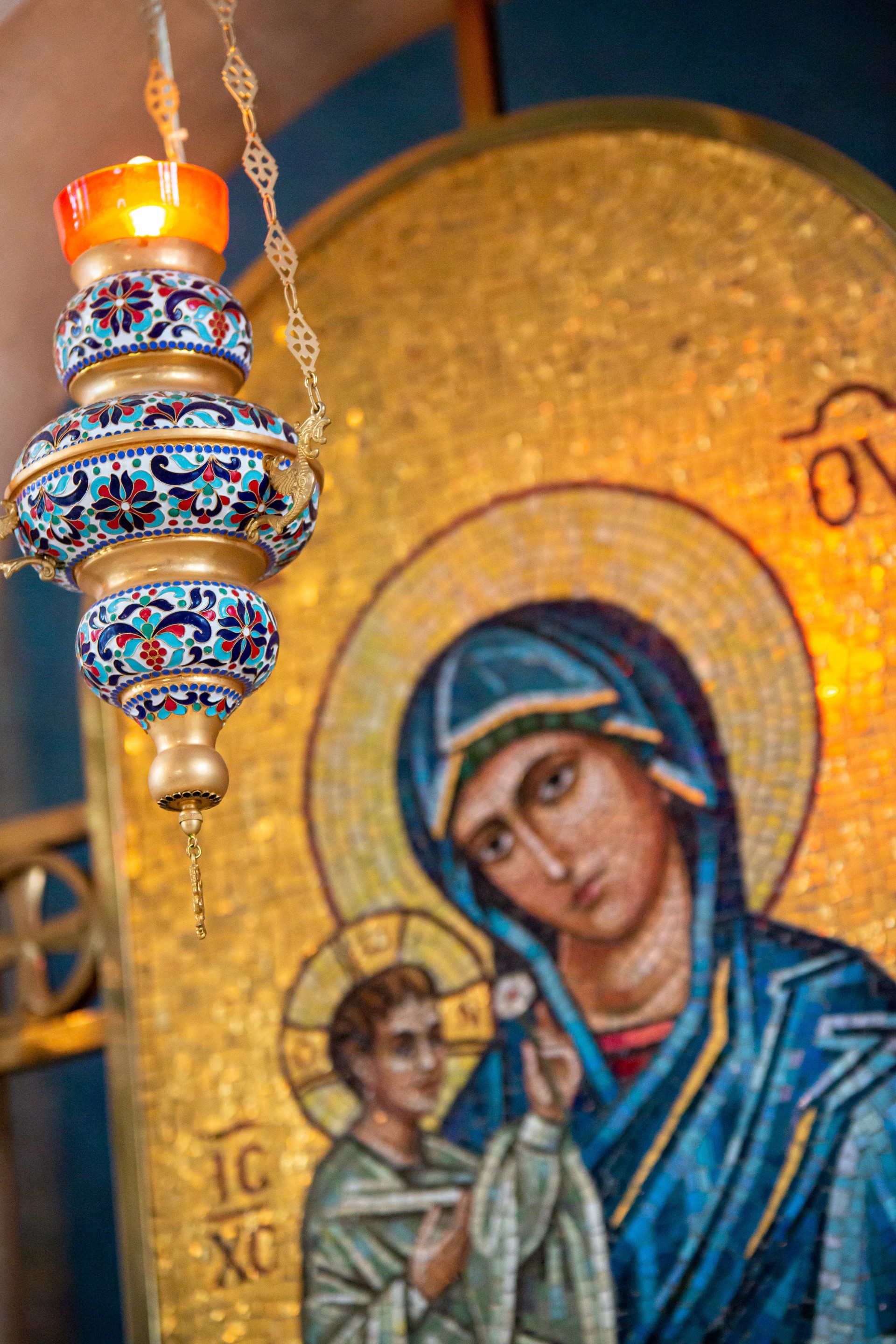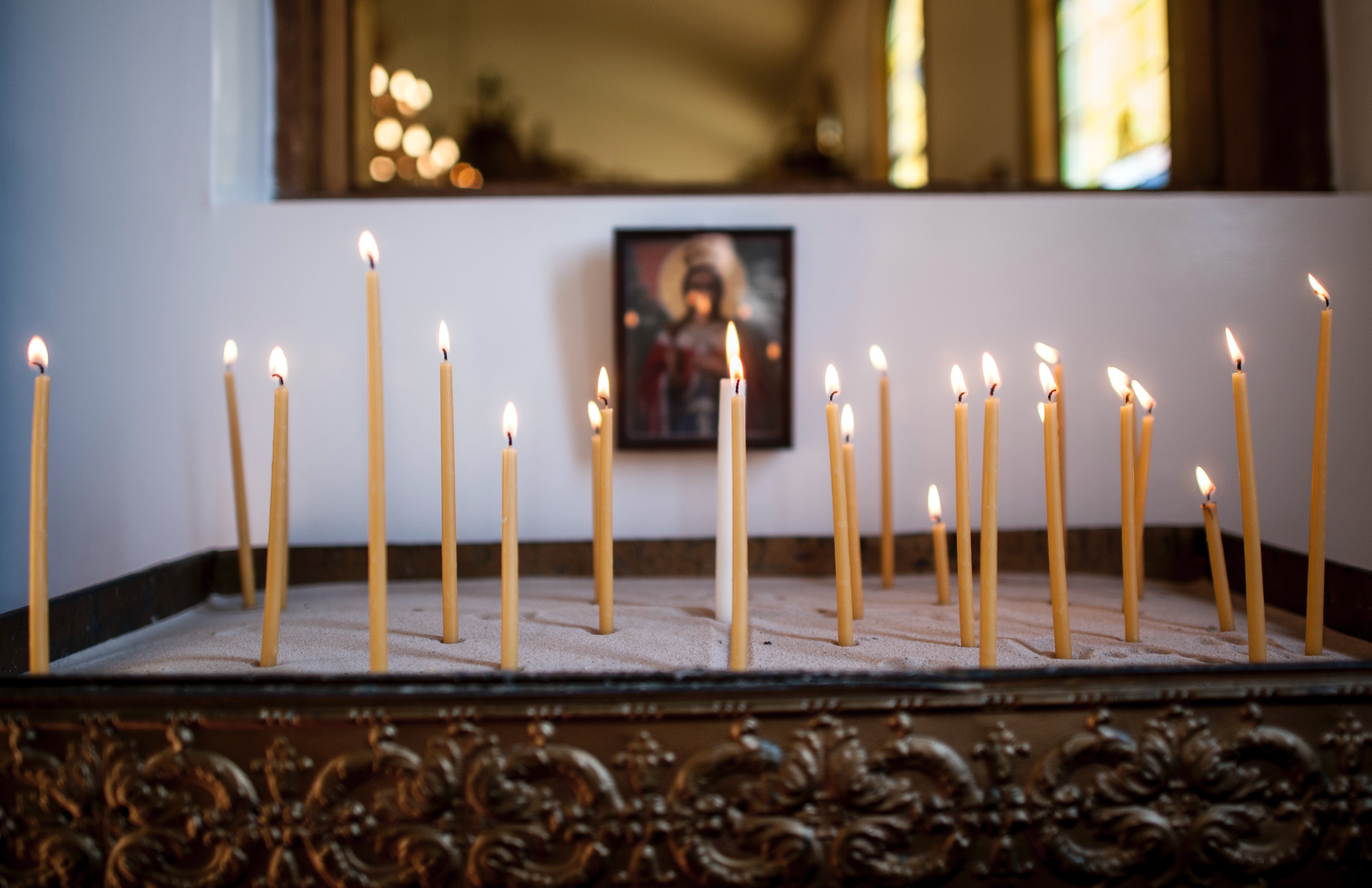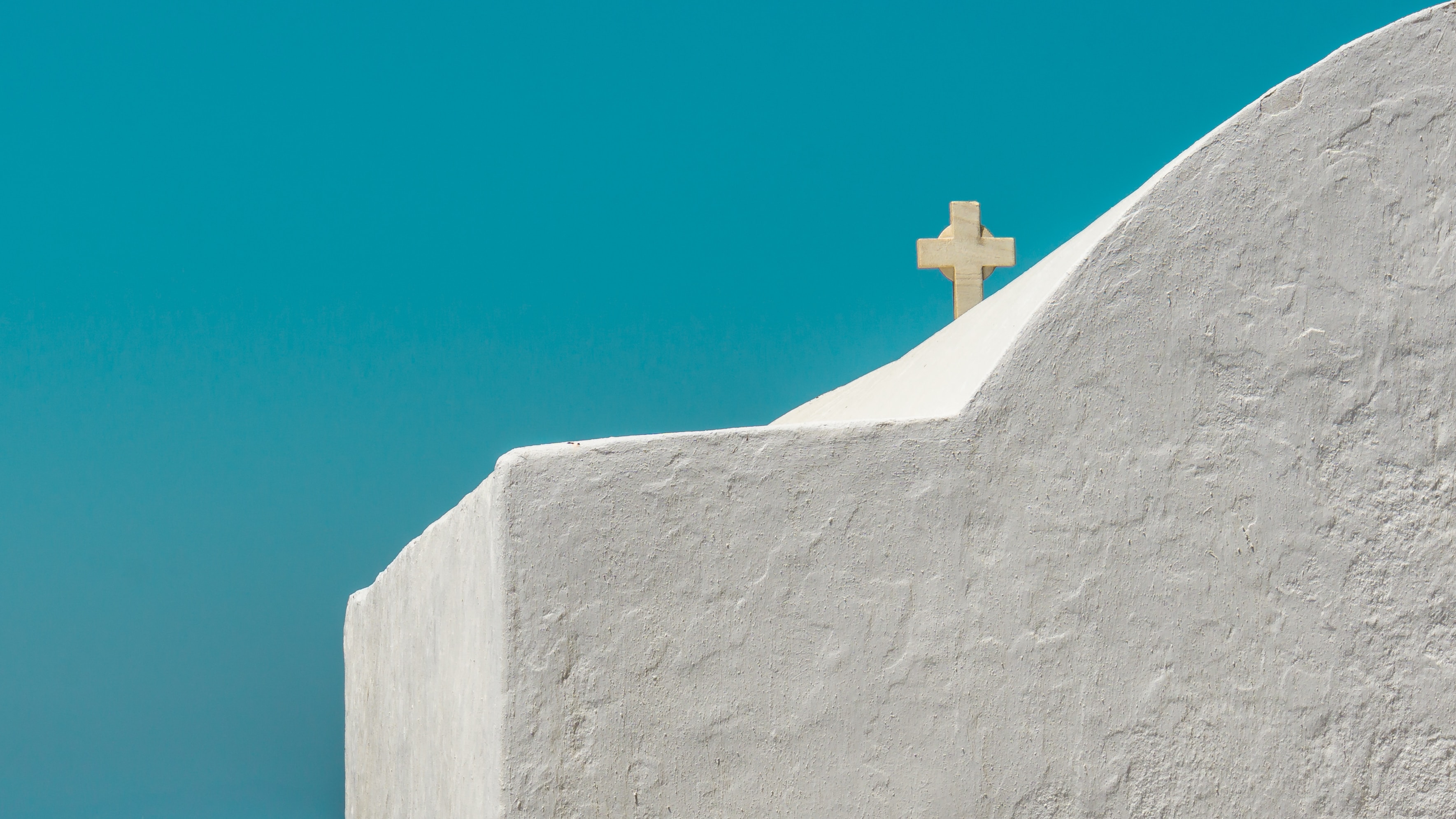Marketplace Terms & Conditions
<p><b>TERMS AND CONDITIONS OF TRAVEL AGENCY WEBSITE </b></p> <ol> <li><b>ORGANISER (TRAVEL AGENCY)</b></li> </ol> <p>The website <a href="http://www.uper.gr/">www.uper.gr</a> is an online booking platform (hereinafter referred to as "COMPANY") and an online travel agency with license number 1471E70000185501 and tax registration number 801489685, authorized by the Greek Ministry of Tourism and operated by XITE AGENCY PC. Through this platform, Providers (hereinafter referred to as "PARTNERS") can promote and sell activities, related services, trips, accommodations, transportation services, purchase local products, and visitors/users of the platform (hereinafter referred to as "Clients") can make online reservations or purchases for these activities, services, and products. In addition to the services provided by the Partners, the platform also offers services provided by the travel agency (hereinafter referred to as “AGENCY").</p> <p><br></p> <p><b>2. GENERAL</b></p> <p>The services provided by the Company through the platform include:</p> <ul> <li>Listing on the platform all or part of the activities or services offered by the Partner, using information provided by the Partner.</li> <li>Listing on the platform all or part of the products offered by the Partners, using information provided by the Partner.</li> <li>Listing on the platform services provided by the Agency, with terms and conditions posted separately for each service.</li> <li>Clients make reservations and payments for the above-mentioned activities of the Partner, with terms and conditions accompanying each service.</li> <li>Clients make reservations and payments for the services of the Agency, with terms and conditions accompanying each service.</li> <li>Clients make purchases and payments for the products available on the platform.</li> <li>Payment for the services is made to the COMPANY.</li> </ul> <p>The following terms and conditions apply to the use of the electronic platform with the trademark UPER.gr, located at the website <a href="http://www.uper.gr/">www.uper.gr</a>. Any end user who accesses, navigates, transacts, or uses the services of the electronic platform (hereinafter referred to as "visitor" or "user" or "client" depending on whether they are limited to visiting the electronic platform or also placing an order/reservation for services) is deemed to consent to and unconditionally accept the following terms as formulated here, without any exceptions. If a user does not agree to these terms, they are obliged, at their own responsibility, to refrain from visiting, using the website, as well as from any transaction or use of the services of the electronic platform.</p> <p>The following terms exclusively cover the use of the electronic platform and the reservation of activities/services on the platform by Users and, in no case, apply to the execution of the said activities/services by the Partners. The terms covering the execution of the Agency's services are specified for each service and agreed upon by the Client during the ordering/reservation process.</p> <p>The Company reserves the right, in cases of non-compliance by a User with any of the obligations mentioned herein, to suspend or exclude the User from using the Service. Such possibilities do not affect the Company's legal remedies against the User.</p> <p>uper.gr reserves the right to modify or revise freely the terms and conditions of use and transactions through the electronic platform whenever it deems necessary. It also undertakes the obligation to inform end users of any changes through the pages of this electronic platform. Contracts through the electronic platform are drafted in Greek and English languages.</p> <p><br></p> <p><b>4. REGISTRATIONS - BOOKINGS - AGREEMENTS </b></p> <p>The Customer can enroll in one of our excursions with the condition that they are over eighteen (18) years old. Otherwise, the customer needs to be accompanied by a guardian (in case the guardian is not one of the parents, they need to carry guarantor letters signed by the parents). All registrations are completed via the website. In order for the service execution to be ensured, it is essential that:</p><div> a. the payment of the whole amount is completed and</div><div> b. The unreserved acceptance of the current terms. The admission of the Customer’s participation in any kind of service is possible up to 24 hours prior to the starting date of the service.</div><p></p> <p><br></p> <p>Users of the online platform Uper.gr and possible customers, are logged in with their username and password, or proceed to the site as a guest. In order to book one of the services, they need to choose kind of activity/service, location of the activity’s execution, number of participants and date of the activity. Once these are settled the platform will estimate the total cost of the activity/service/product, fees included. In case the Customer is eager to proceed with the payment, they will deposit the final amount via debit or credit card. The Customer is burdened with extra charges wherever those required, such as transfer expenses. The money is received by the Company, part of which is then granted to the Partner who executed the service, base on an agreement signed by both the Company and the Partners.</p> <p><br></p> <p>Once the transfer is completed, the platform sends out a confirmation of the booking (voucher) to the Customer and then a notification of the activity to the Partner. In case the activity/product/service is not available, the platform is able either to provide the CUSTOMER with a likewise activity, or to refund them the whole amount regardless the cancellation policy.</p> <p><br></p> <p><b>5. EXCURSION PRICES - EXTRA CHARGES </b></p> <p>The value of the excursions differs and is reported in the COMPANY’S price list of each trip. The price list also reports extra charges (such us fees, airport fees, tips, transaction fees e.t.c.). The prices referred to the price list are estimated contextually, according to the expenses of the service. The COMPANY preserves the right to adjust the prices in case of a change of the expense’s factors of each excursion. Indicative factors are such as the follow:</p> <p><br></p> <ol> <li>Price increase of the PARTNERS’ transfer services, gas price, fees</li> <li>Price increase of products, transfer cost, price gouging</li> </ol> <p><br></p> <p>Change in the price of services due to the aforementioned reasons can be made up to 2 days prior to the commencement of the activity. In the event of a significant price increase for the above reasons, the customer, within one day of being notified, may cancel their reservation and receive a refund for the amount they have paid or be offered an alternative trip of equal value.</p> <p><br></p> <p><b>6. CONVENTIONAL COMPANY OBLIGATIONS</b></p> <p>The COMPANY acts as an intermediary between clients and various service providers (Partners) it uses to organize trips (transportation companies, local travel agencies, local activity producers, local product producers, etc.) over which it has no direct control. Having exhausted all possible foresight and care, it is not responsible for the wrongful actions and omissions of third parties, unrelated to the provision of services, and their partners, as well as for extraordinary situations such as cancellations, delays, or changes in the itineraries of various means of transportation due to unpredictable factors such as, for example, weather conditions, epidemics, fires, floods, earthquakes, disasters, strikes, political events, war or threat of war, hijackings, terrorist actions, unrest, etc. It should be emphasized that the COMPANY is unable to predict or control circumstances that are beyond its sphere of influence and that may result in the cancellation of the service or non-performance or defective performance of the agreed services. (Examples: accidents, illnesses, epidemics, injuries, or hardships due to war, coups, terrorist actions, earthquakes, weather conditions, fires). In the above cases, the COMPANY will make every effort to support and assist clients in every possible way, without this constituting liability or an obligation to cover the related extraordinary expenses, which must be borne by the clients themselves. Similarly, no liability is assumed in cases such as: (examples) theft, loss, damage to luggage and various objects, loss of money and travel documents of travelers, etc. Of course, the COMPANY makes every effort to deal with the aforementioned cases in the best possible way for the benefit of the travelers. Reasonable complaints during the trip should be immediately reported on the spot to the escort (or, in his absence, to our office) and to the provider of the specific service in writing via the website, where a relevant form will be available. The escort writes his observations on the same formregarding the matter. If the problem that has been raised cannot be resolved on the spot, after returning from the activity, you should submit any relevant complaint in writing to the COMPANY within a deadline of 5 working days, along with any documents or other supporting evidence you have for its evaluation. After the expiration of the 5-day period, the COMPANY is not obliged to respond to any claim. In cases where the cost of organizing a trip requires a minimum number of participants, which you will be informed about on the website of each activity, if this number is not reached, the COMPANY reserves the right to cancel the agreed service. It must inform in writing, within the deadlines provided in the description of the activity, the clients who had declared their participation and propose any alternative activity/service/product solutions. If no alternative solution is found, the Company will refund the amount paid without any further obligation to the client. For services that are not mentioned in the activity descriptions or are mentioned as optional, either they are not offered at all by the COMPANY or they are offered as supplementary and additional options for the travelers, who can choose them by paying the respective additional cost.The COMPANY is not responsible for any additional services provided by its Partners, whether optional or at an additional cost to the client, beyond the activity program.</p> <p><br></p> <p><b>7. PROGRAM OF ACTIVITIES/SERVICES</b></p> <p>The Company makes every effort to ensure the best and most accurate execution of the activities/services of the AGENCY or its Partners. However, due to possible changes that may occur between the date of issuance of the relevant documents and the realization of the excursion, some details may not fully comply with what is stated in the above-mentioned materials at the time of the excursion (e.g., non-functioning of a museum or other attraction, technical problems with services provided by partners such as vehicle breakdowns, etc.). Unforeseen circumstances may require modifications to the program before departure or even during the excursion. Prior to the scheduled activity or service, the Company reserves the right to modify the program due to unpredictable factors such as delays, cancellations of transportation schedules, incorrect handling of partner reservations, or even due to extraordinary events occurring in the area. Such events include, but are not limited to, weather conditions, epidemics, fires, floods, earthquakes, disasters, strikes, political events, war or threat of war, hijackings, terrorist actions, unrest, etc.</p> <p>In such cases, the customer has three alternatives:</p> <p><br></p> <p>1. Accept the proposed change.</p> <p>2. Purchase another activity/service from us at the same selling price or at a lower price, where the price difference will be refunded, or choose a more expensive one and pay the additional price difference.</p> <p>3. Cancel the activity/service/order and receive a full refund of the amount paid, minus administrative expenses, as specified in the cancellation clause. All additional expenses (extra overnight stays, meals, transportation, etc.) are the responsibility of the traveler, as the nature of these events makes it impossible to predict them in advance.</p> <p><br></p> <p><b>8. CANCELLATION OF EXCURSION</b></p> <p>In case of limited participation (the limit for each activity is defined per activity), our company is obliged to inform the participants at least 12 hours before the start of the activity and refund them the full amount of money they have already paid. Also, in cases of limited participation, the activity/service may be carried out with an additional charge stated in the program of the activity/service, and this does not constitute a reason for cancellation. The additional charge is determined based on the existing participants, and the customer is informed about the additional cost at the time of booking. In both of the above cases, the customer has the right to purchase another activity/service from our company at the same selling price or a lower price, and the price difference will be refunded, or choose a more expensive one and pay the additional price difference. Cancellation of the excursion for any unforeseen medical event that occurs to the customer or their relative before departure (including, but not limited to, pregnancy, heart attack, gallbladder complications, etc.) is subject to cancellation fees. If the customer cancels the activity, the cancellation fees will be imposed even if the customer wishes to participate in the same exact activity on a future date.</p> <p>• In case of an emergency, you have the right to transfer the activity/service to a third party, provided that:</p> <p>a. The participation requirements are met.</p> <p>b. Any expenses arising from this transfer will be paid to our company.</p> <p>c. Other involved parties accept the change.</p> <p>d. No problems arise in the smooth operation of the excursion.</p> <p>• Cancellations must be made electronically through the platform, either via email or through a specific ticketing system within the platform, using the original booking email.</p> <p></p><ul><li><b style="font-size: 1.07rem;"> </b>Cancellation of participation up to 48 hours before the start of the activity: full refund of the amount paid, excluding any additional costs for processing bank transactions.<br></li><li>Any other cancellation less than 48 hours prior to the start of the service, including non-show cases, except for special cases of emergency, will not be refunded.<br></li></ul><p></p> <p><br></p> <p><b>9. CUSTOMER’S OBLIGATIONS</b></p> <p>Since activities usually involve other individuals, it requires appropriate social behavior and understanding towards fellow travelers and the factors involved in its execution. Therefore, customers must fully comply with the activity program and the instructions of the guides or escorts, as well as arrive on time at the designated meeting points for various program services (transportation, guided tours, excursions, meals, etc.). Customer's delay or inconsistency results in the loss of transportation or other services without the right to a refund for the missed service. In this case, the customer must rejoin the group at their own responsibility and expense. The lack of consistency, among other problems it creates, gives the escort the right to disregard the indifferent customer, and the COMPANY the right to refuse any compensation for services that were not provided. Participants in the activities are also solely responsible for timely securing and safeguarding the necessary travel documents, as well as the authenticity of their statements to Greek or foreign currency and customs authorities. In activities or services involving transportation, they should be present at least fifteen (15) minutes before the start of transportation unless otherwise informed by the office or the escort. If no escort is provided for the activity or transportation, they should be at the location determined by the respective activity. The COMPANY bears no responsibility in case the traveler faces criminal prosecution, summons to appear before an authority, arrest, entry or exit ban, or any other cancellation by national authorities in any location or following any irregular or unlawful action on their part. Interruption of the activity for any reason, significant or not, is not permitted. The COMPANY, under no circumstances, refunds the amounts paid, and the expenses resulting from any interruption of the activity/service (return tickets, etc.) are solely borne by the traveler. If the customer decides to discontinue their participation in the activity, even due to force majeure, they are not entitled to any further service or compensation, and the responsibility and expenses of any travel outside the group rest with the individual. It is the obligation of travelers to carefully study the program of the excursion and the participation conditions. If the traveler has any specific requirements (e.g., food allergies, vegetarian meal), they should inform the office during the registration process. The COMPANY will make an effort to accommodate the request but cannot guarantee satisfaction of the specific requirement. Similarly, the COMPANY is not responsible for services of the activity that were not provided to the customer in case of their negligence, responsibility, or illness. In the event that the customer is unable to participate in the reserved activity, they can transfer their reservation to another person who meets the participation requirements for the specific trip, no later than 2 working days before departure. In case of any outstanding balance or additional expenses resulting from the transfer (e.g., due to pricing difference), the transferor and the transferee are jointly and severally liable to our office for their payment. The resulting mandatory cancellation of the reservation will be subject to the terms and conditions specified.</p> <p><b></b><br></p> <p><b>10. INCLUDED SERVICES</b></p> <ol> <li>ACTIVITY SERVICES</li> </ol> <p>All information regarding the program and conditions of each activity, whether provided by the COMPANY or by Partners, is in accordance with the current legislation of Greece. Each service follows the general terms and conditions of this document but is accompanied by specific terms and conditions where required, which the client accepts upon booking. The activities (some of which are sports-related) require clients to be in good health. The responsibility for their physical health and any exertion during the activity lies solely with them, and the COMPANY assumes no liability. If activity services include transportation, the terms and conditions for private transportation or transportation by mini-van, as described in the following paragraphs, apply.</p> <p>B. PRIVATE TRANSPORTATION</p> <p>Transfers to a destination or activity are provided by Partner vehicles, and the Partners are solely responsible for the proper maintenance and safety of the vehicles. Private transfers may be carried out using private vehicles driven by Partner drivers, and the Partners are solely responsible for them. The Partners may modify the route and the types of vehicles without prior notice. Under no circumstances can the COMPANY intervene with the Partner to restrict any intermediate stops or waiting time during transportation. The Partners have exclusive control and responsibility for the routes, and the COMPANY cannot intervene or be held responsible in any way. In the case of overbooking (more reservations than the number of seats in the vehicle) or for any other reason, even if a confirmed and coded seat exists, the Partner has the right to refuse transportation, and the COMPANY assumes no responsibility. Any modification or cancellation requested after the ticket is issued is subject to cancellation fees. If the passenger does not appear at the designated location at the scheduled time for the start of transportation and has not made any modifications to their transportation with the COMPANY, the Partner has the right to cancel the return transportation as well (if selected), and the passenger cannot claim any compensation from the Company as the Company bears no responsibility. Partners, for their own reasons, sometimes hire vehicles from another transportation company for their routes. This does not constitute a reason for canceling the activity by the client or claiming any compensation from the Company.</p> <p>C. MINI VAN - PUBLIC BUS TRANSPORTATION</p> <p>In mini-van trips during activities, seats are randomly allocated for each transfer. Smoking is prohibited in the mini-vans. Our office ensures that comfortable and luxurious mini-vans are provided, and the Partners are solely responsible for the safety and cleanliness of the vehicles. Attention: In Greece, legislation is quite strict regarding the driving hours and the time a mini-van driver can be on the road. Any delays caused by clients can affect the program. Our office bears no responsibility for this, and we kindly request clients to adhere to the program to ensure smooth execution.</p> <p><b></b><br></p> <p><b>11. LUGGUAGE </b></p> <p>Luggage is handed over to the carrier and collected under the responsibility and care of the owners, whether or not accompanied by representatives of the Company or the Partner. Each traveler is entitled to carry one suitcase weighing up to 23 kilograms and one carry-on bag measuring 53cm X 45cm X 23cm, weighing up to 8 kilograms. In private transfers, the weight of the luggage must not exceed 23 kilograms. ATTENTION:</p> <p>Each passenger must carry their own luggage. In the case of overweight or a suitcase or packaging that cannot be transported by private means, the company must be notified. If the luggage includes a baby stroller or a wheelchair, notification must be made at least 24 hours in advance. Otherwise, the Company and the Partner are not responsible for any delays or changes in the itinerary. The Company and the Partner bear no responsibility for the contents of the luggage. In the event of damage to the luggage during boarding or disembarking, the Customer is solely responsible.</p> <p><br></p> <p><b>12. OPTIONAL SERVICES</b></p> <p>The escorts who accompany the client, meet them at the activity location depending on the program. Optional services may be available during the activities, provided by local providers (such as drinks, meals, or products). Their prices may vary depending on factors such as the number of people, holiday periods, surcharges for evening hours, etc. The Company bears no responsibility for these optional services as it is not aware of them and has not contributed to their organization.</p> <p><br></p> <p><b>13. INSURANCE</b></p> <p>Travel insurance is a separate type of insurance that is optional, incurs an additional charge, and covers accidents or illnesses under certain conditions. Travel insurance for individuals over 75 years old only covers accidents and not illnesses. Please ask our travel consultant about the insurance coverage options.</p> <p><br></p> <p><b>14. DISPUTE RESOLUTION</b></p> <p>The Company and the client are committed to resolving in good faith any dispute that may arise during the execution of the organized trip contract. If an amicable resolution of the dispute is not possible, the Courts of Kos have jurisdiction. These terms replace those stated on the back of the receipts.</p><br><p></p><p></p><div class="spacer height-100"></div>



 Emma Pogia
A Culinary and Historical Journey at the Charming Chapel of Saint Nikitas
Emma Pogia
A Culinary and Historical Journey at the Charming Chapel of Saint Nikitas
 Emma Pogia
Celebrating Unity and Flavor at the Wine Festival
Emma Pogia
Celebrating Unity and Flavor at the Wine Festival
 Emma Pogia
Fascinating Facts about Kefalos' Legendary Islet
Emma Pogia
Fascinating Facts about Kefalos' Legendary Islet
